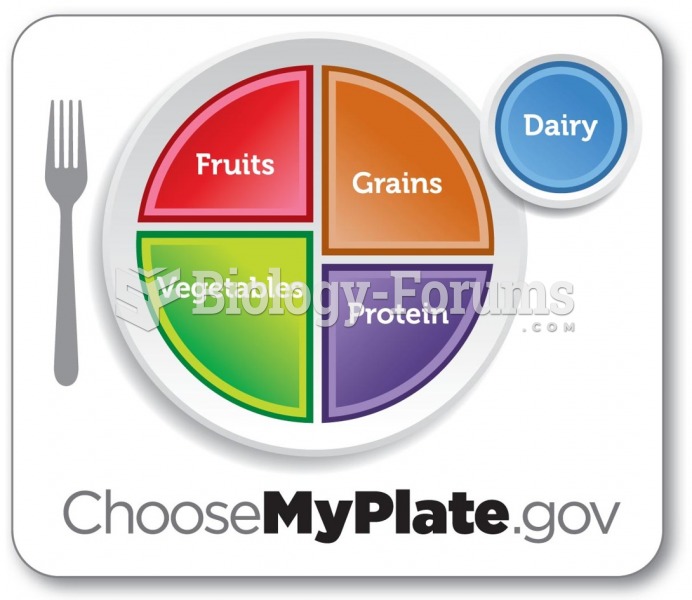Answer to Question 1
a
Answer to Question 2
Radio advertising's strengths are:
1 . Ability to reach segmented audiences. An extensive variety of radio programming enables advertisers to pick specific format and stations to be optimally compatible with both the composition of their target audience and their creative message strategies.
2 . Ability to reach prospective customers on a personal and intimate level. People listen to those radio stations with which they closely identify, and radio advertising is likely to be received when the customer's mental frame is most conducive to persuasive influence. Radio advertising, then, is a personal and intimate form of friendly persuasion.
3 . Economy. In terms of target audience CPM, radio advertising is considerably cheaper than other mass media.
4 . Short lead times. Because radio production costs are typically inexpensive and scheduling deadlines are short, copy changes can be made quickly to take advantage of important developments and changes in the marketplace.
5 . Ability to transfer images from television advertising. A memorable television advertising campaign that has been aired frequently effects in consumers a mental association between the sight and sound elements in the commercial. This mental image can then be transferred to a radio commercial that uses the TV sound or some adaptation of it.
6 . Local personalities. Radio advertising has the ability to avail itself of the reputations and the sometimes bigger-than-life persona of local personalities.
Radio advertising's limitations are:
1 . Clutter. Radio listeners frequently switch stations to avoid commercials.
2 . Unable to employ visualizations. Radio advertisers attempt to overcome this limitation by using sound effects and choosing concrete words to conjure up mental images in the listener.
3 . Audience fractionalization. The advertiser is unable to reach a diverse audience because each radio station and program has its own unique set of audience demographics and interests.
4 . Difficulty in buying time. This problem is particularly acute in the case of the national advertiser that wishes to place spots in different markets throughout the country. Buying time is complicated by unstandardized rate structures that include a number of combinations of fixed and discount rates.
Radio is best used as a supplemental medium for national advertisers and as a local medium for local businesses.







